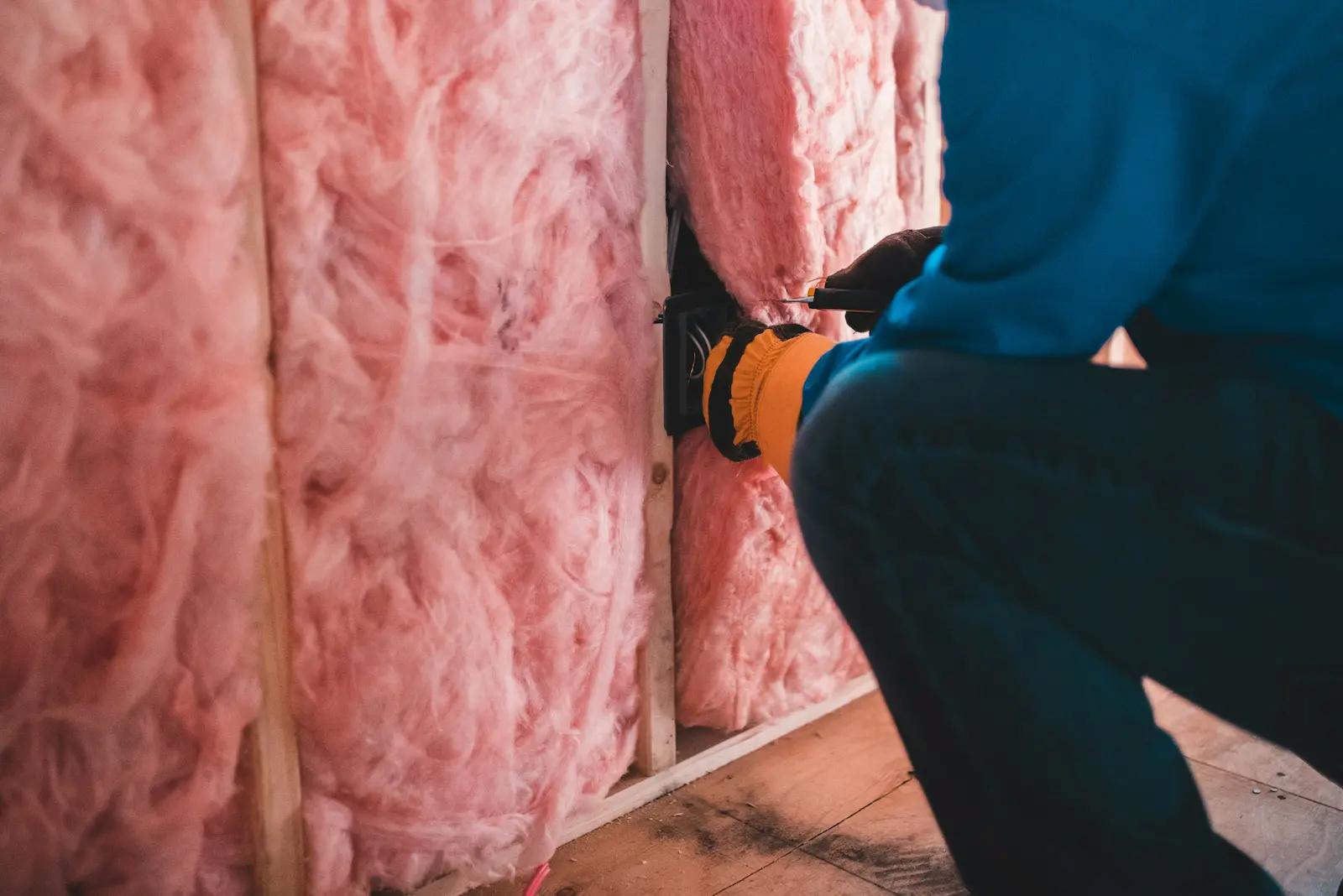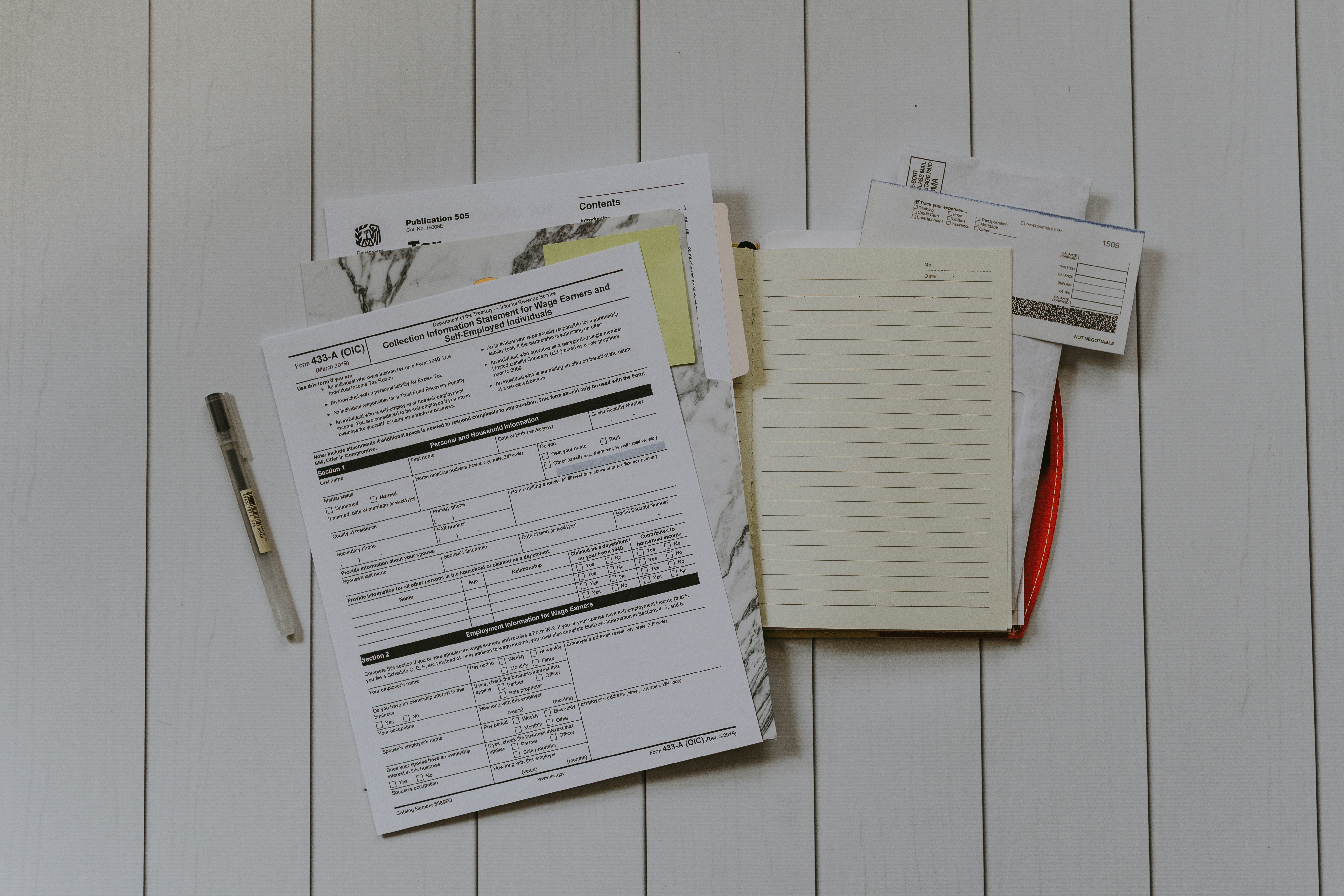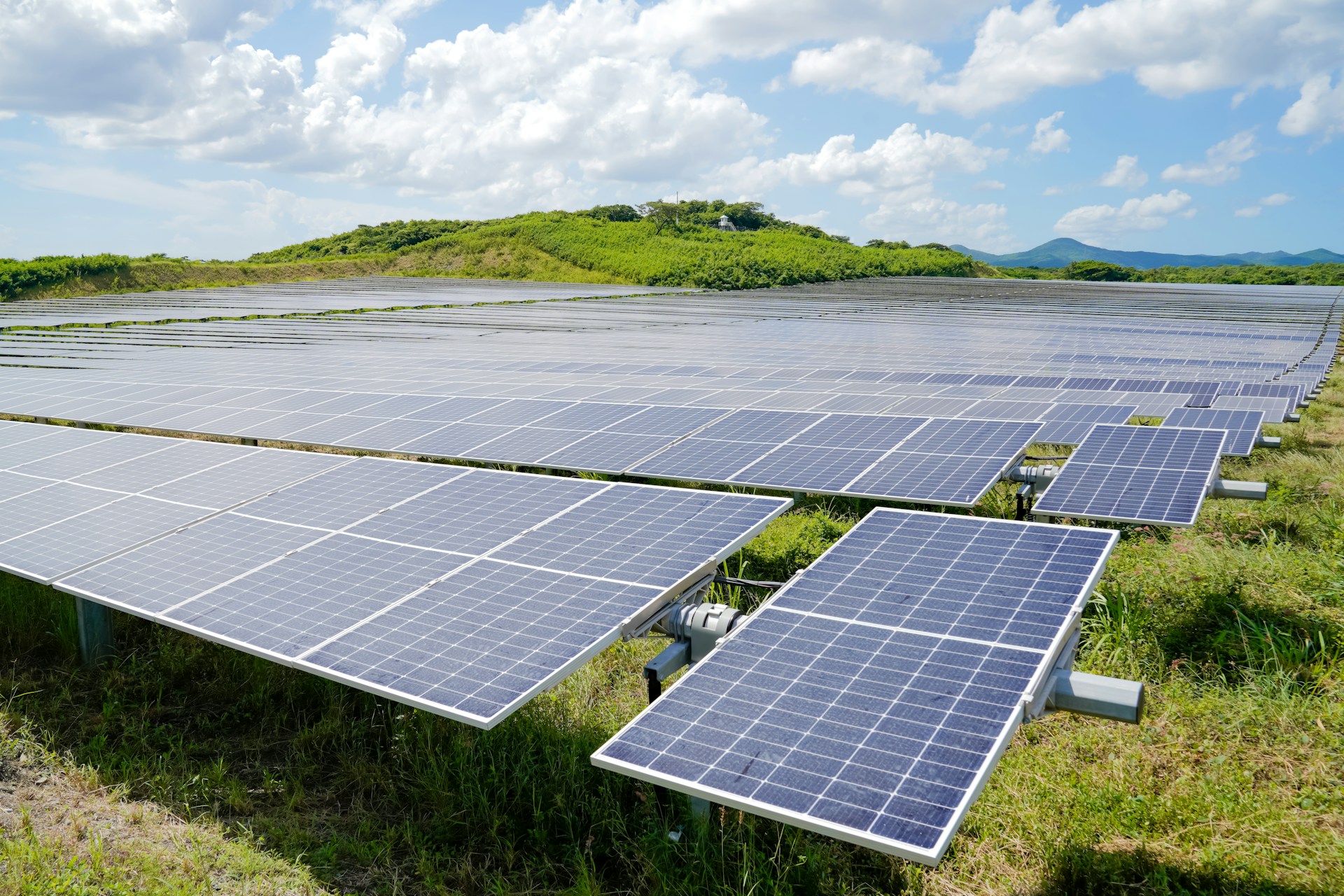People and Partnerships: Energy Management Lessons from the U.S. Custom House in Philadelphia
Let's Save Energy
Alliance to Save Energy's Blog

As the Alliance’s Active Efficiency Collaborative works to integrate the benefits of traditional energy efficiency measures with the opportunities presented by digital technologies, we’re reflecting on lessons learned from past projects that withstand the test of time. Back in 2005, the energy management team at the U.S. Custom House in Philadelphia partnered with Phil Coleman of Lawrence Berkeley National Laboratory to tackle the historic building’s $700,000 annual electric bill. Through operational changes such as pre-cooling aimed at lowering demand charges, the team was able to save energy and cut the Custom House’s bill by 14%.
The following is a discussion with Phil about the origin of this project, why it’s still impressive, and what it can teach us as about load management and deploying new technologies today.
Q: What problem was the Custom House trying to solve, and why did they want to tackle it?
The Custom House faced very high demand charges – $30/kW per month – and a ratchet, racking up the total electric bill to $700,000 per year. A ratchet demand charge means that one month’s high peak demand levels can impact demand charges of future monthly energy bills, even if future demand is lower. The charges are meant to compensate the utility for having to furnish enough power to satisfy facilities’ peak power draws, but they can really add up on a customer’s energy bill. The Custom House needed to find a way to scale back their demand charges to save costs. I’m a rate geek and explored the ins and outs of PECO’s (formerly the Philadelphia Electric Company’s) rates so we could figure out our options for lowering costs.
Q: What was the approach you and the Custom House facilities team decided on?
We knew the cooling loads were driving up the demand charges, so we decided to pre-cool the building during the hottest nights using one of two chillers at the Custom House. The strategy was to leave one chiller totally off, and to turn on the other chiller at 2 a.m. along with the hundreds of terminal induction units (whereas normal operation was to start them at 6 a.m.). It was the facilities team’s idea to install a solenoid valve on the system to enable the terminal units to run in the middle of the night.
Pre-cooling drastically lowered their cooling needs during the day, allowing them to cool the building using just one of the two chillers, and successfully reduced the facility’s peak demand by about 25% (400 kW). We were thrilled that not only did they save about $100,000 per year on their electric bill, but that many occupants reported they were more comfortable, telling us, “Whatever you’re doing, keep it up.”
Q: It sounds like there was a collaborative approach to this project. How did you achieve buy-in with all the partners involved?
We already had commitment from leadership at the U.S. General Services Administration since they had seen the value of lowering demand charges in other projects. But we still had to win over the operators on the facilities team. The pre-cooling strategy wouldn’t work without having the people running the equipment on board to make it happen, so we invited the operators to the table to discuss the strategy. I also made regular phone calls and in-person visits to keep the communication lines open throughout this project.
Q: Given that the building sector now has more advanced technologies at its disposal, what aspects of this project remain relevant today?
The success of a project comes down to people and partnerships. Aim to win over the people in the boiler room. New technology, particularly better controls, makes it even more important to involve building operators to make sure all questions and concerns are addressed and to encourage ideas. We may not have implemented the solenoid valve solution if we didn’t have open communications with operators at the Custom House.
You also have to make sure operators are fully trained on how to use the technology. We can’t forget that even with high tech equipment like advanced control systems, there are people behind the equipment running them. Proper training is key for making sure operators know when a system isn’t running properly and can fix it.
Q: What key takeaways should today’s project developers take from your work at the U.S. Custom House?
Again, don’t overlook the importance of operators and operational changes. And rates vary regionally, so understand your rates! If your demand charges are high and the ratio of your average kW to peak kW is low, then it may be worth looking into ways to change the timing of your operations to save on costs. Lowering your peak demand will be good for the grid too.
Looking Ahead
Tried-and-true practices to support energy optimization – such as getting buy-in from the energy management team or making the most of time-variable pricing – must be underscored as energy efficiency enters the digital age. The project at the U.S. Custom House in Philadelphia demonstrates the value of the people behind the technology (e.g., operators and building management) who will be essential to maintaining and strengthening a solid foundation of energy efficiency best practices for Active Efficiency measures to build upon.
RECENT BLOG POSTS
STAY EMPOWERED
Help the Alliance advocate for policies to use energy more efficiently – supporting job creation, reduced emissions, and lower costs. Contact your member of Congress.
Energy efficiency is smart, nonpartisan, and practical. So are we. Our strength comes from an unparalleled group of Alliance Associates working collaboratively under the Alliance umbrella to pave the way for energy efficiency gains.
The power of efficiency is in your hands. Supporting the Alliance means supporting a vision for using energy more productively to achieve economic growth, a cleaner environment, and greater energy security, affordability, and reliability.



